 Our recent discussions of queuing in class have made me think a lot more about examples of queuing within transportation systems we frequently use. One queuing-related technology that is especially interesting to me is E-ZPass. As you probably know, this is an electronic toll collection system used throughout the northeast which relies on wireless technology to read transponders placed in cars through the toll plaza. Conventional E-ZPass installations have been very successful at decreasing wait times at toll plazas, with further decreases in congestion possible through the use of high speed E-ZPass lanes, which can collect fares at near highway speed.
Our recent discussions of queuing in class have made me think a lot more about examples of queuing within transportation systems we frequently use. One queuing-related technology that is especially interesting to me is E-ZPass. As you probably know, this is an electronic toll collection system used throughout the northeast which relies on wireless technology to read transponders placed in cars through the toll plaza. Conventional E-ZPass installations have been very successful at decreasing wait times at toll plazas, with further decreases in congestion possible through the use of high speed E-ZPass lanes, which can collect fares at near highway speed.
History
The first electronic toll collection system was implemented in Colorado in 1991. Around this same time, various toll collection agencies in and around the city of New York were working to develop their own electronic toll collection system to decrease congestion on some of the most heavily travelled roadways in the united states. The E-ZPass system was first deployed in 1993, and saw rapid expansion of usage following that time. Many other states in the northeast such as Massachusetts and Maryland created similar systems soon after and over time they were modified for inter-compatibility. Following the rebranding Massachusetts’s “Fast Lane” system in 2012, all electronic toll systems in the northeast operate under the E-ZPass brand.
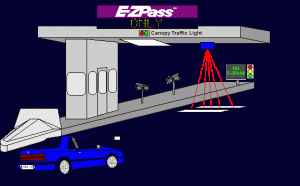
Benefits
The primary benefit from the use of E-ZPass is the decrease in congestion at toll plazas. Instead of waiting for an attendant to process the transaction, or for the driver of the vehicle to fumble around for exact change, drivers can pass directly through the toll at between 5 and 15 mph, without having to take their hands off the wheel or focus on anything except driving. This means that less attendants are required, decreasing the cost to toll agencies. The wait times are further decreased in areas where high speed E-ZPass lanes are used, which allow cars to pass through the plaza at near highway speeds. This allows the toll plaza to meet the demand of customers no matter what the demand volume might be. While decreased congestion is the most obvious effect, the decrease in pollution and savings in gas that result from less vehicles waiting at the toll. Hopefully in the future these systems will be built into cars or license plates, so that every car on the road can use this electronic toll system. If all cars on the road were using this, we could eliminate the costs associated with staffing toll plazas, excessive vehicle idling, and other costs that long waits cause.
Sources:
- http://www.e-zpassiag.com/
- http://en.wikipedia.org/wiki/E-ZPass
- http://www.e-zpassiag.com/images/about_us/lane.gif
- http://en.wikipedia.org/wiki/File:EZPass_logo.svg

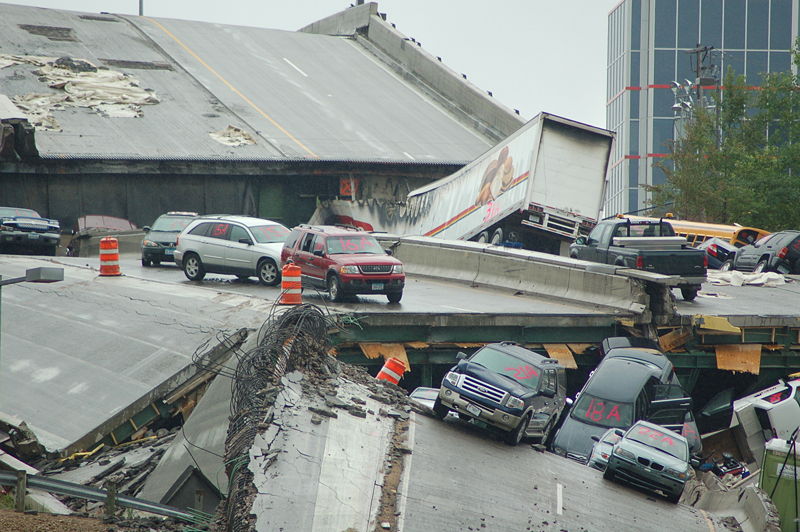
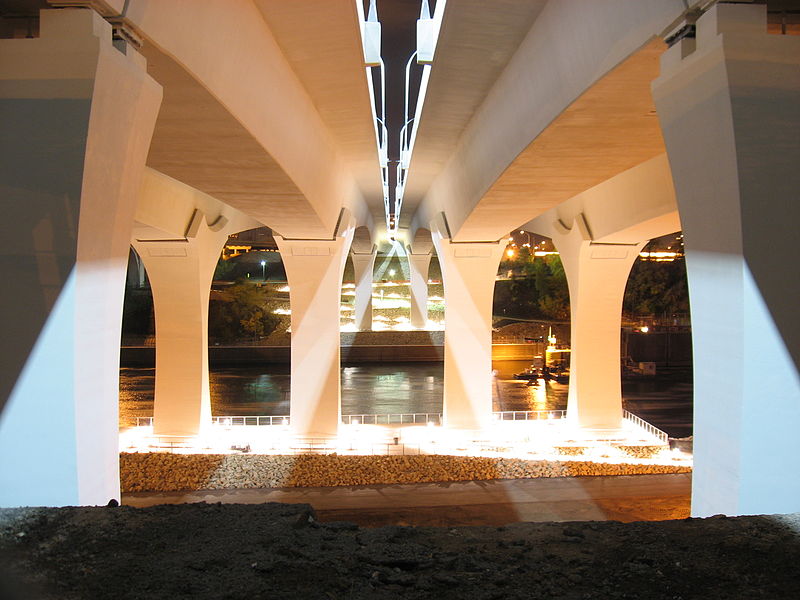
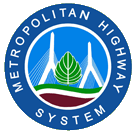 Living in Massachusetts, one topic related to transportation engineering that has always been of great interest to me is the Boston Central Artery/Tunnel Project, more commonly known as the Big Dig. Completed in 2007 after 25 years of planning and work, the primary purpose of this massive project was to move the Central Artery (Interstate 93) from an elevated highway to a tunnel under the city of Boston. Costing in excess of $14 billion, it is the most expensive highway project in US history, and its cost will likely continue to rise as a result of flaws in construction.
Living in Massachusetts, one topic related to transportation engineering that has always been of great interest to me is the Boston Central Artery/Tunnel Project, more commonly known as the Big Dig. Completed in 2007 after 25 years of planning and work, the primary purpose of this massive project was to move the Central Artery (Interstate 93) from an elevated highway to a tunnel under the city of Boston. Costing in excess of $14 billion, it is the most expensive highway project in US history, and its cost will likely continue to rise as a result of flaws in construction.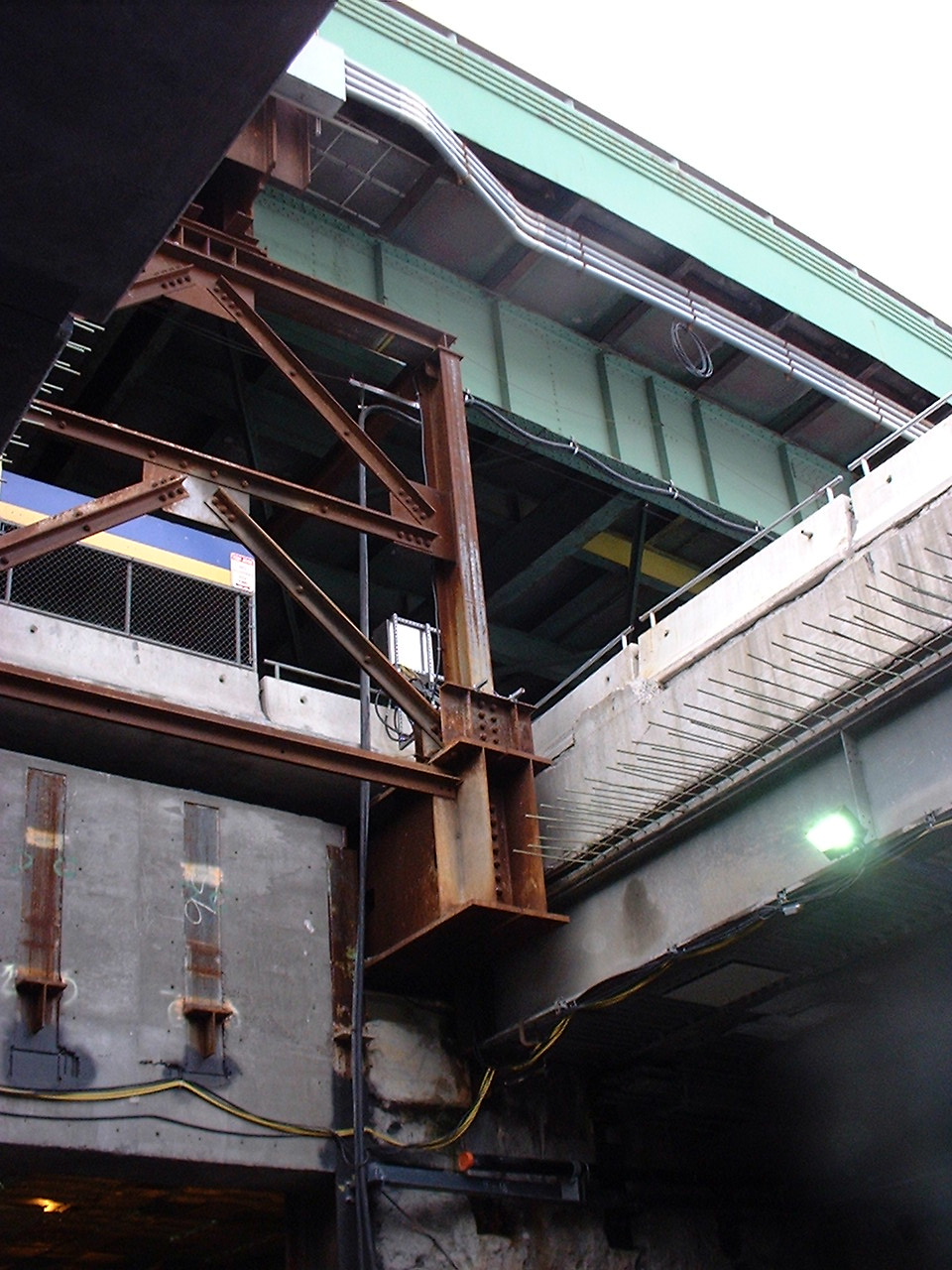

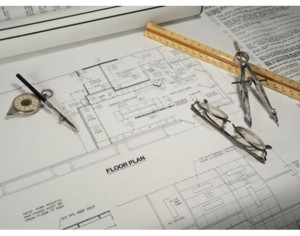 The dictionary tells us that engineering is “The branch of science and technology concerned with the design, building, and use of engines, machines, and structures”. While this definition might be satisfactory to some, there is much more to engineering than one simple sentence can describe. This brief definition leaves out one of the most critical parts of engineering in my opinion; problem solving. Sure engineers design, build, and use all sorts of things, but we also spend a huge about of time troubleshooting the things that are already built that don’t work right, or that could be improved. We look to improve the usability, efficiency, and sustainability of things that do work right, but could be better. Engineers also analyze the impact of our work on other engineered items, on the general population, and on our world. Additionally, the dictionary’s definition of what engineers design, build, and use is totally oversimplified. In fact, I don’t think it would be a stretch to say that engineering is involved in the design, construction, and use of everything. If an engineer hasn’t been involved in the creation of a certain product or item, chances are it isn’t going to work the way it is intended. Engineering is a discipline that can be found everywhere, and drastically impacts our lives every day.
The dictionary tells us that engineering is “The branch of science and technology concerned with the design, building, and use of engines, machines, and structures”. While this definition might be satisfactory to some, there is much more to engineering than one simple sentence can describe. This brief definition leaves out one of the most critical parts of engineering in my opinion; problem solving. Sure engineers design, build, and use all sorts of things, but we also spend a huge about of time troubleshooting the things that are already built that don’t work right, or that could be improved. We look to improve the usability, efficiency, and sustainability of things that do work right, but could be better. Engineers also analyze the impact of our work on other engineered items, on the general population, and on our world. Additionally, the dictionary’s definition of what engineers design, build, and use is totally oversimplified. In fact, I don’t think it would be a stretch to say that engineering is involved in the design, construction, and use of everything. If an engineer hasn’t been involved in the creation of a certain product or item, chances are it isn’t going to work the way it is intended. Engineering is a discipline that can be found everywhere, and drastically impacts our lives every day. Civil engineering is a subset within engineering that deals primarily with infrastructure. This includes roads, bridges, buildings, utilities, railways, ports, tunnels, and much more. The name, civil engineering, comes from the early separation between engineering for the military, and engineering for civilians. Almost everything that civilians use each day, the infrastructure that is critical to our society as we know it is the responsibility of civil engineers. We also focus a great deal on managing the use of the systems that we build, from traffic control to water resource management. Civil engineers work to ensure not only that the systems that our population requires are in place, but also that they are functioning as intended and in an efficient manner. Civil engineering has a number of sub disciplines that focus on specific areas of the civil engineering field. Each sub discipline plays an important role in the overall field of civil engineering.
Civil engineering is a subset within engineering that deals primarily with infrastructure. This includes roads, bridges, buildings, utilities, railways, ports, tunnels, and much more. The name, civil engineering, comes from the early separation between engineering for the military, and engineering for civilians. Almost everything that civilians use each day, the infrastructure that is critical to our society as we know it is the responsibility of civil engineers. We also focus a great deal on managing the use of the systems that we build, from traffic control to water resource management. Civil engineers work to ensure not only that the systems that our population requires are in place, but also that they are functioning as intended and in an efficient manner. Civil engineering has a number of sub disciplines that focus on specific areas of the civil engineering field. Each sub discipline plays an important role in the overall field of civil engineering.